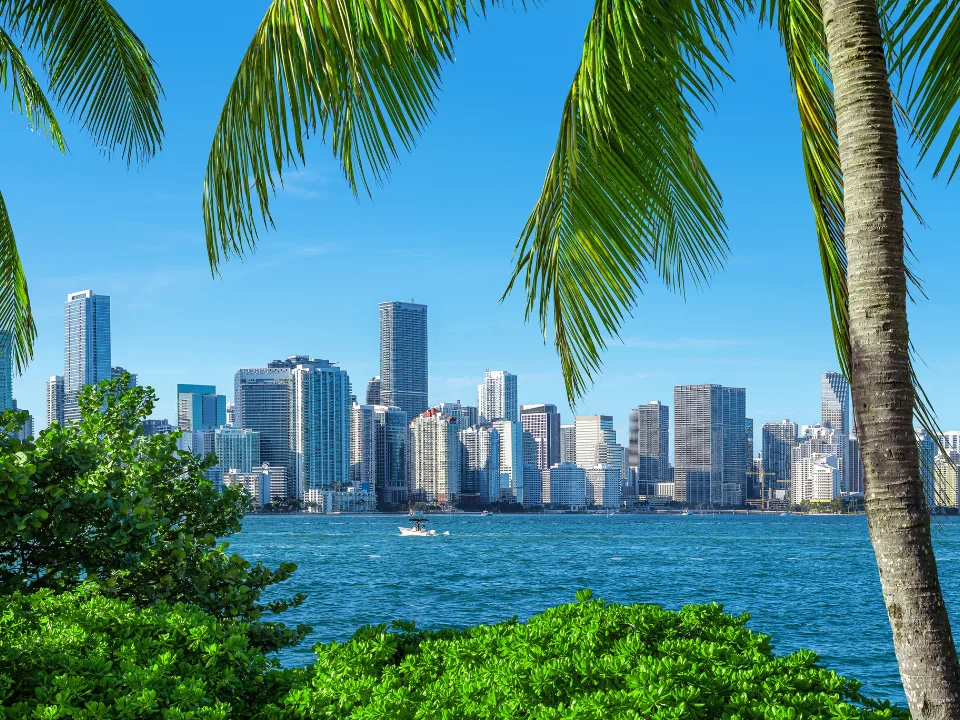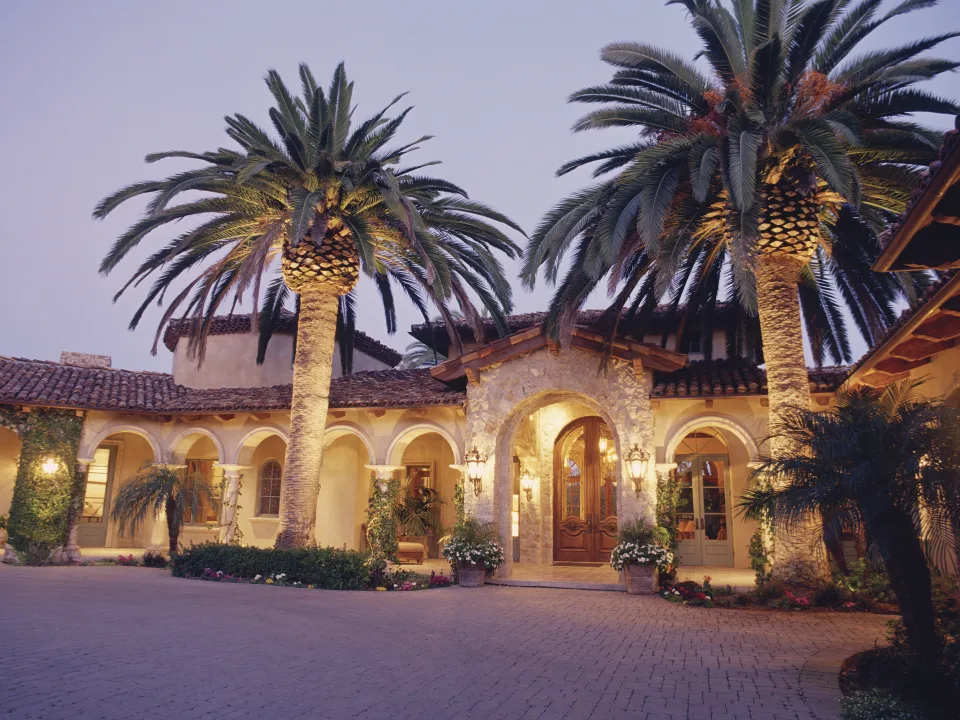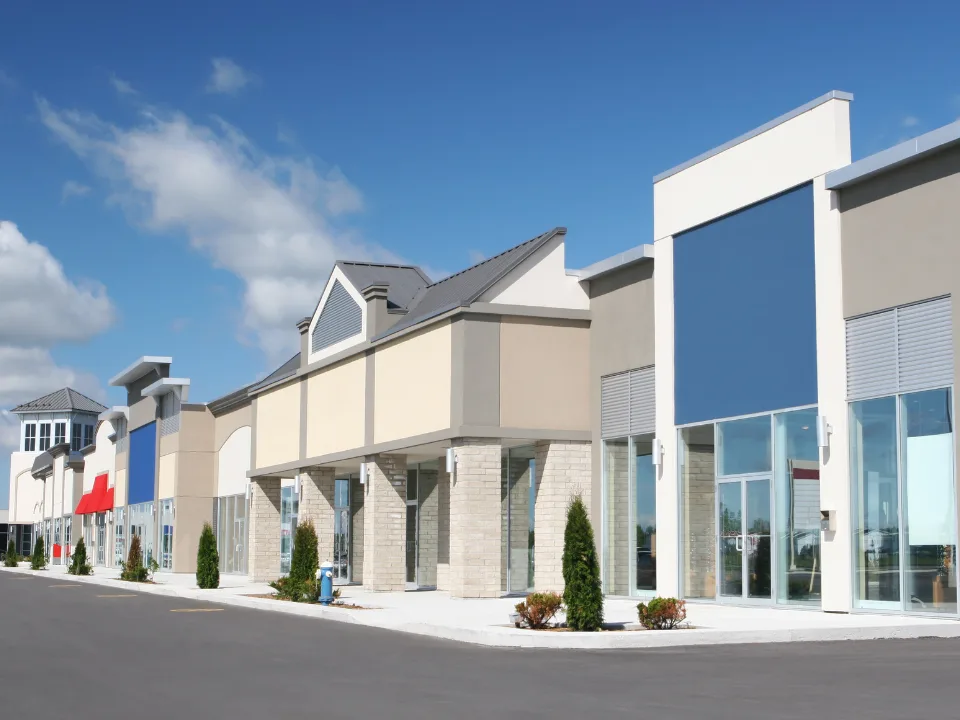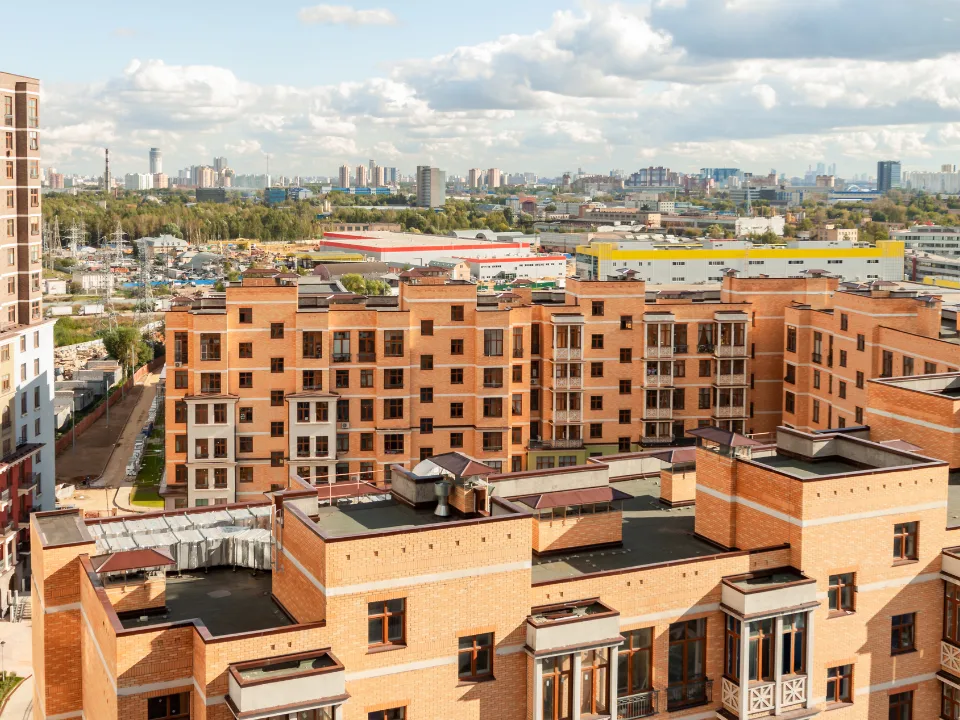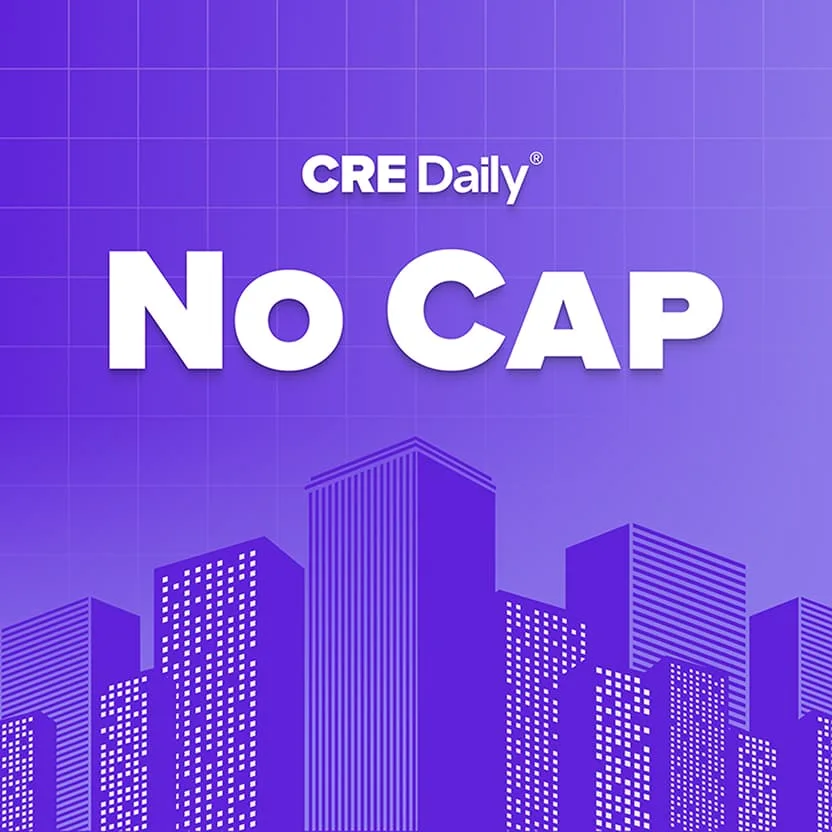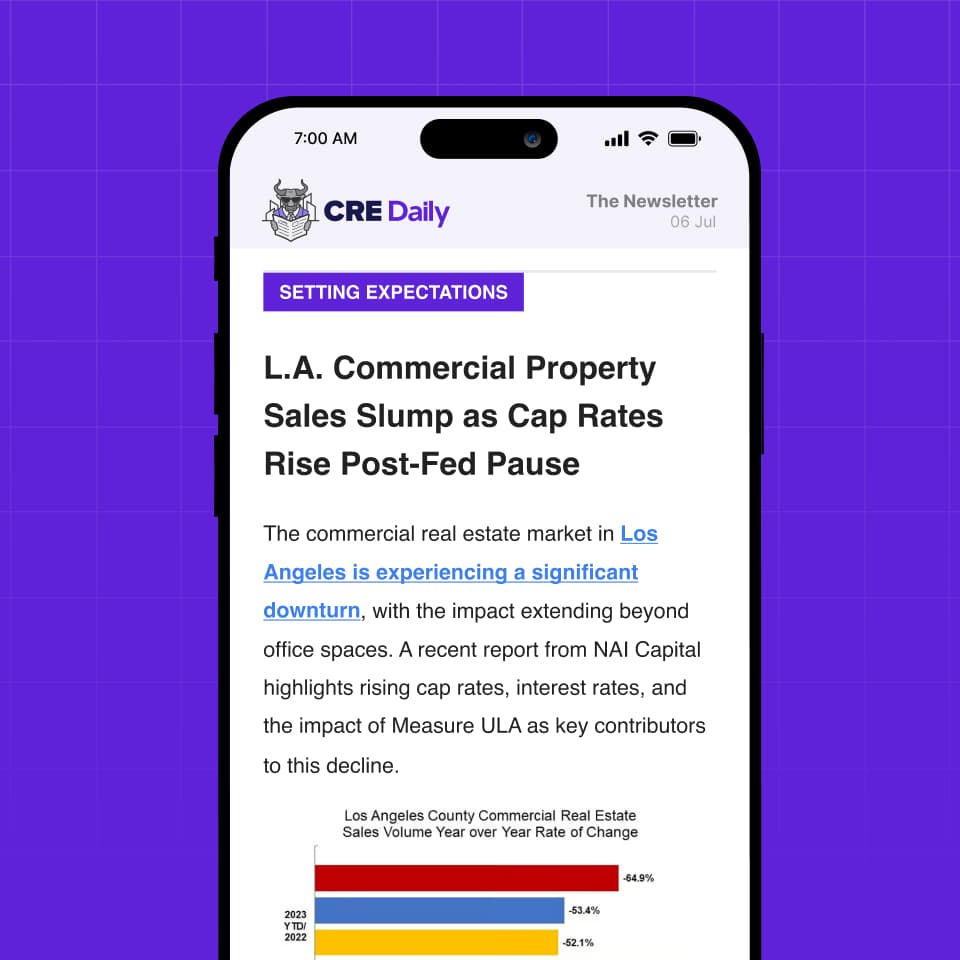- Miami’s average rent for two-bedroom units fell 7.7% YoY in March to $3,350, while one-bedroom rents declined 5.9% to $2,550, per Zumper.
- South Florida saw a 2.2% rent drop, with several submarkets posting double-digit declines.
- The pullback follows a massive supply surge: 18,600 new apartments were delivered in 2024, outpacing new lease demand.
- While renters benefit, developers are facing slower lease-ups, more concessions, and challenges from elevated interest rates.
- Miami remains one of the most expensive rental markets in the US, ranking sixth nationally for one-bedroom pricing.
A Market Reset in Motion
After leading the country in rent growth from 2020 to 2022, South Florida’s rental market is finally cooling off. According to The Real Deal, in Miami, two-bedroom rents dropped 7.7% YoY in March, while one-bedrooms fell nearly 6%.
The shift comes as the region works through a wave of new multifamily supply and a slowdown in pandemic-era in-migration. With more inventory on the market and slightly less demand, renters are finally seeing leverage shift in their favor.
Where Rents Are Falling the Most
Several South Florida municipalities posted double-digit rent drops:
- Deerfield Beach: One-bedroom rents fell 13% YoY to $1,600.
- Sunny Isles Beach: Two-bedroom rents dropped 18% to $3,960.
- Pompano Beach: One-bedrooms are down 10.8% to $1,650; two-bedrooms are down 10.7% to $2,170.
- Miami Beach: One-bedroom rents fell 4.6% to $2,480; two-bedrooms dropped 10.4% to $4,040.
- Delray Beach and Coral Gables also saw declines in one- and two-bedroom units.
- Fort Lauderdale: Two-bedroom rents fell 9.5% to $2,670.
Still, Miami remains the most expensive city in the tri-county area, with one-bedroom rents averaging $2,550 — higher than Arlington, Virginia, and Los Angeles and just behind New York, San Francisco, and Boston.
Get Smarter about what matters in CRE
Stay ahead of trends in commercial real estate with CRE Daily – the free newsletter delivering everything you need to start your day in just 5-minutes
Supply Surge Hits Developers
South Florida’s development pipeline has been strong over the last three years. Developers delivered:
- 18,600 new units in 2024
- 15,300 in 2023
- 11,200 in 2022
That totals over 45,000 new apartments in just three years, compared to only 15,000 net new leases signed in 2024. The oversupply is leading to slower lease-ups and more concessions, especially as interest rates remain high and refinancing becomes more challenging.
Tenant Relief, Developer Pressure
This cooling market is a welcome shift for renters after years of sticker shock. Many local residents were priced out during the pandemic surge as high-income remote workers from New York and California flooded in and drove up rents.
With in-migration slowing and construction catching up, pricing is stabilizing or, in many cases, falling.
However, for developers, higher borrowing costs, weaker rent growth, and longer lease-ups could squeeze margins and slow future starts.
What’s Next?
While some submarkets like Sunrise and Pembroke Pines are still seeing modest rent increases, the overall trend points toward normalization — at least in the short term.
If construction continues to outpace demand or economic uncertainty weighs on household formation, the rent reprieve in South Florida may stick around longer than expected.


